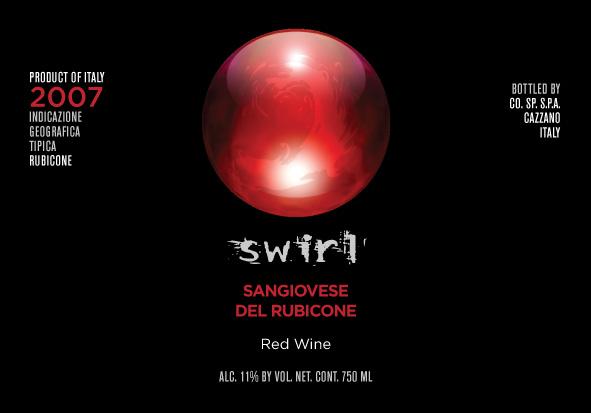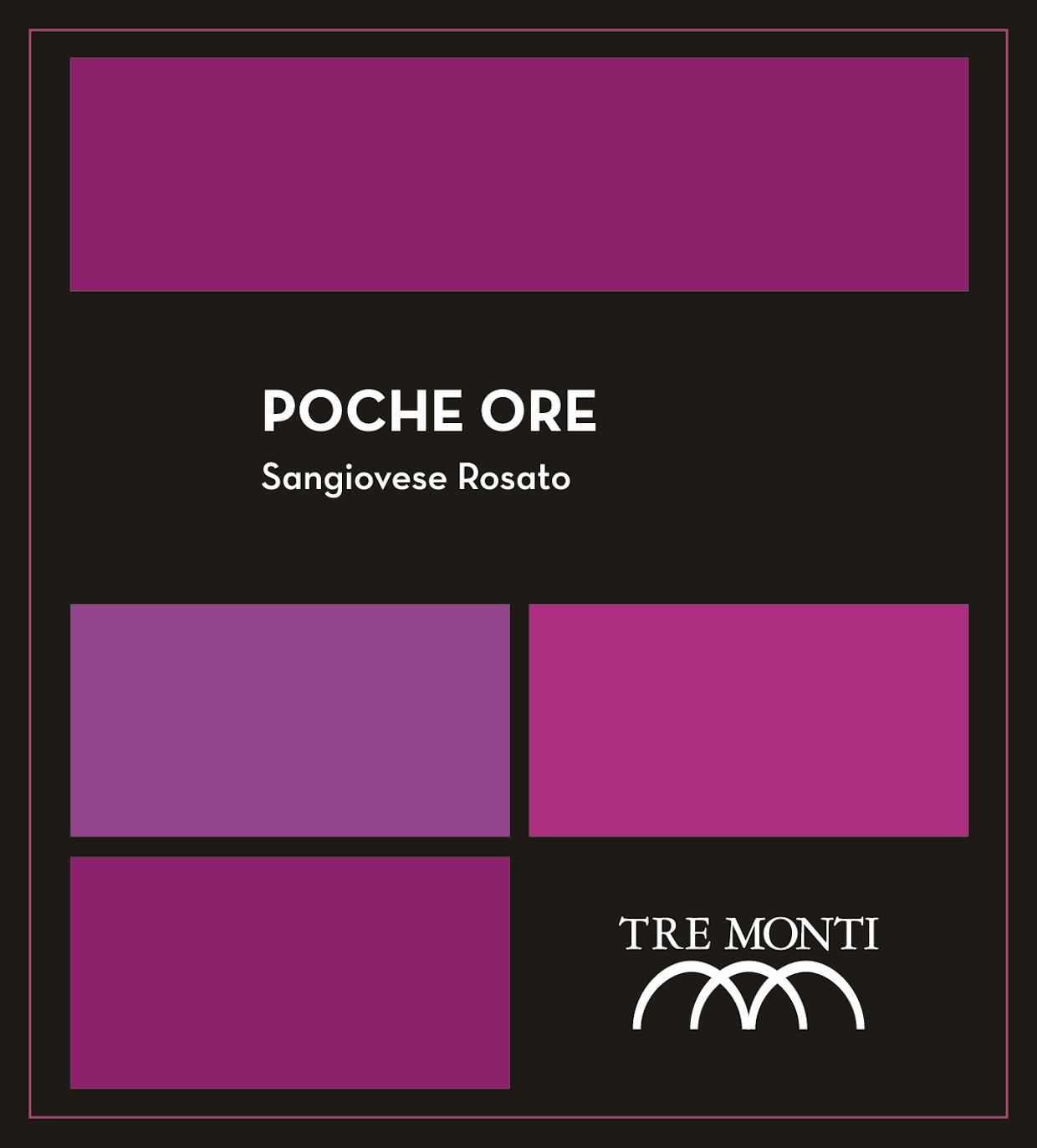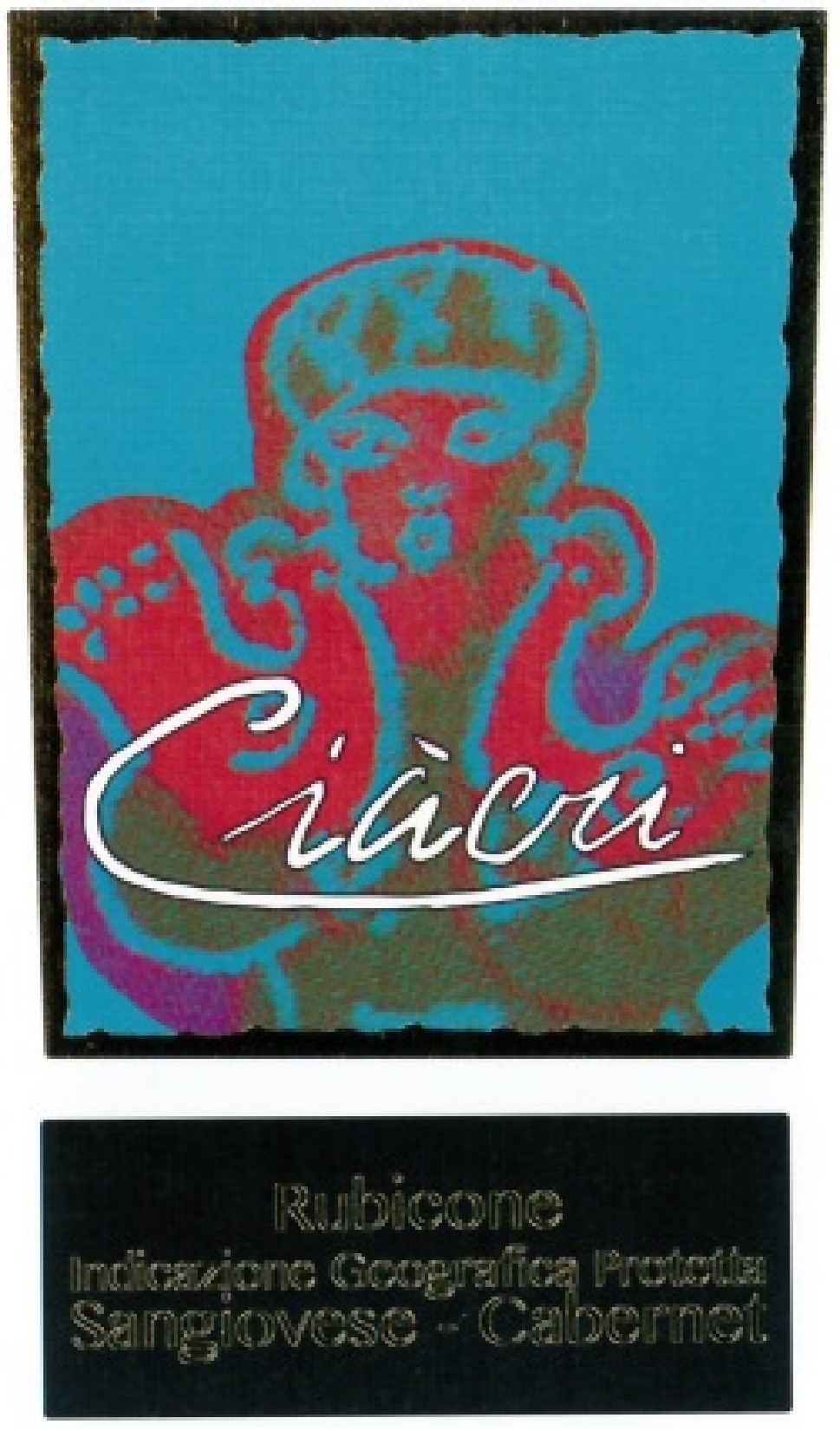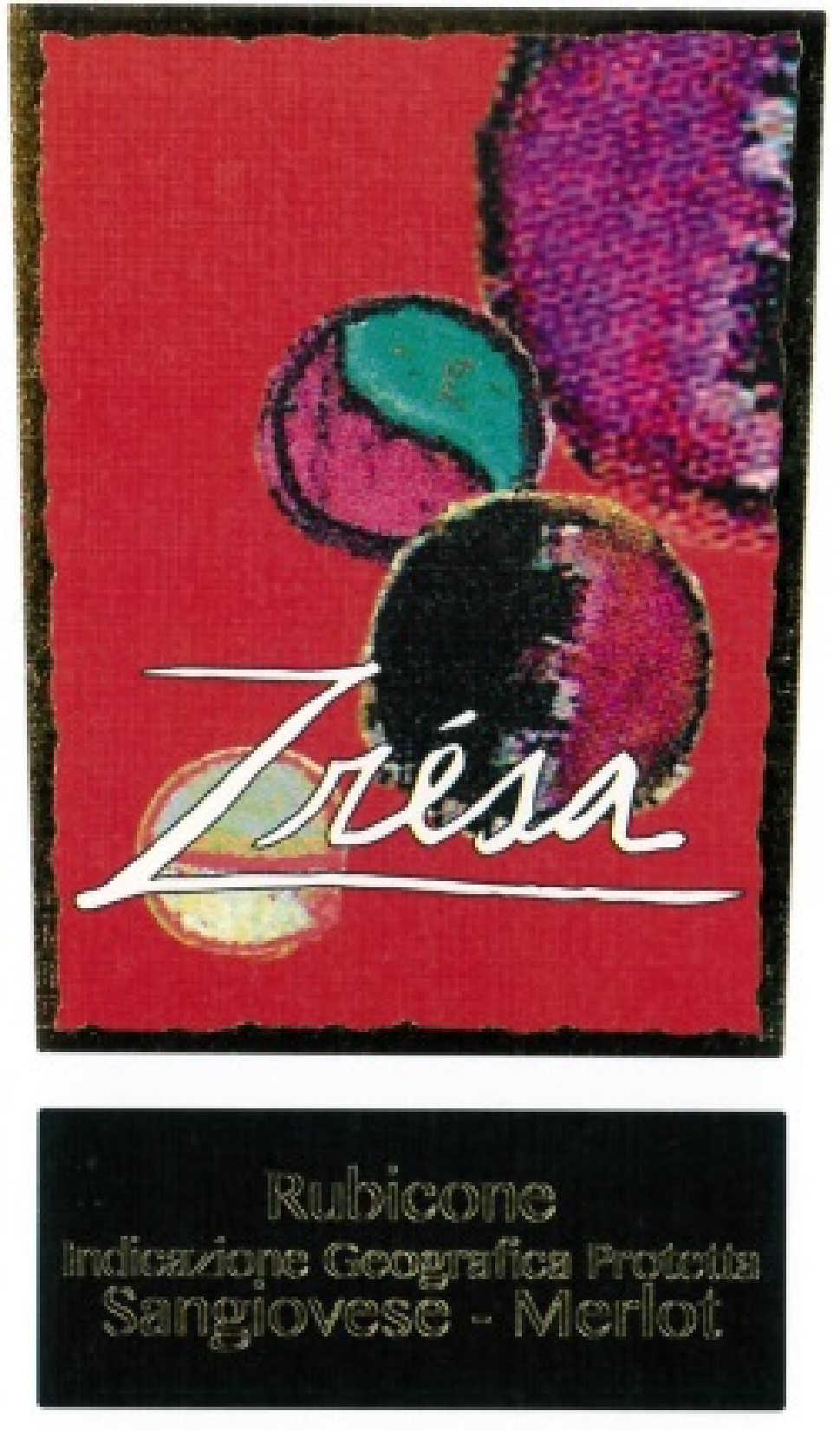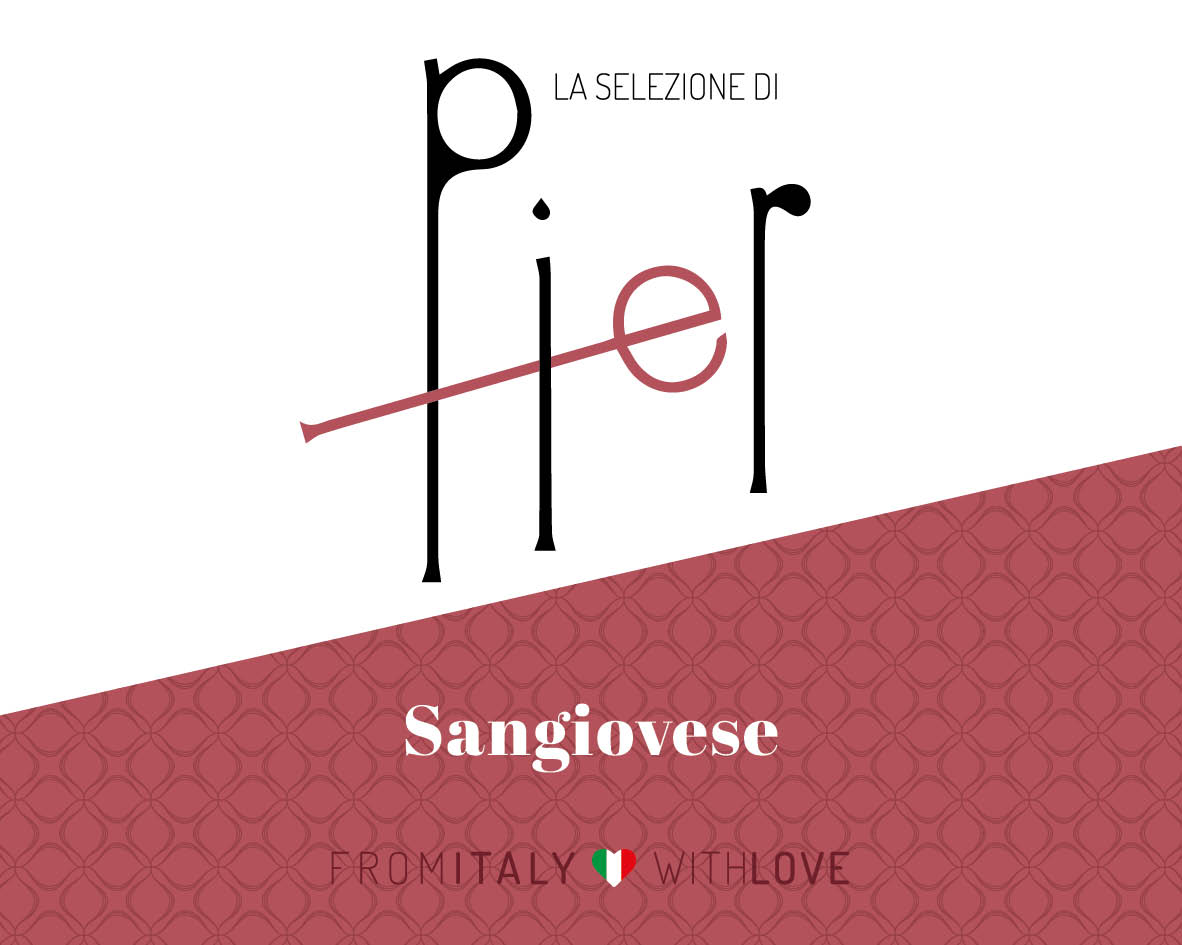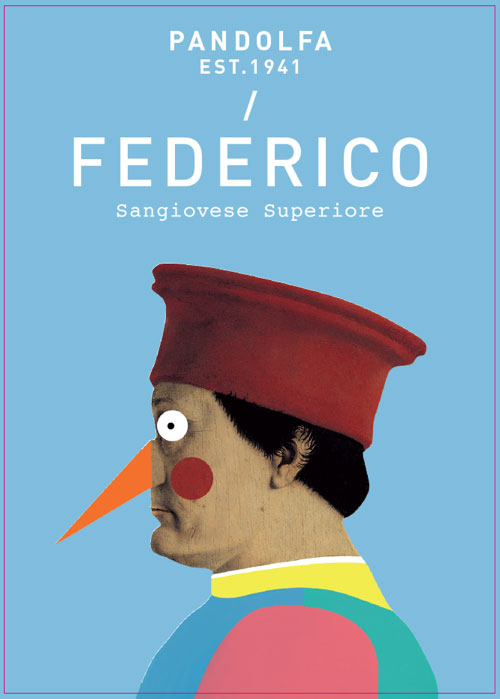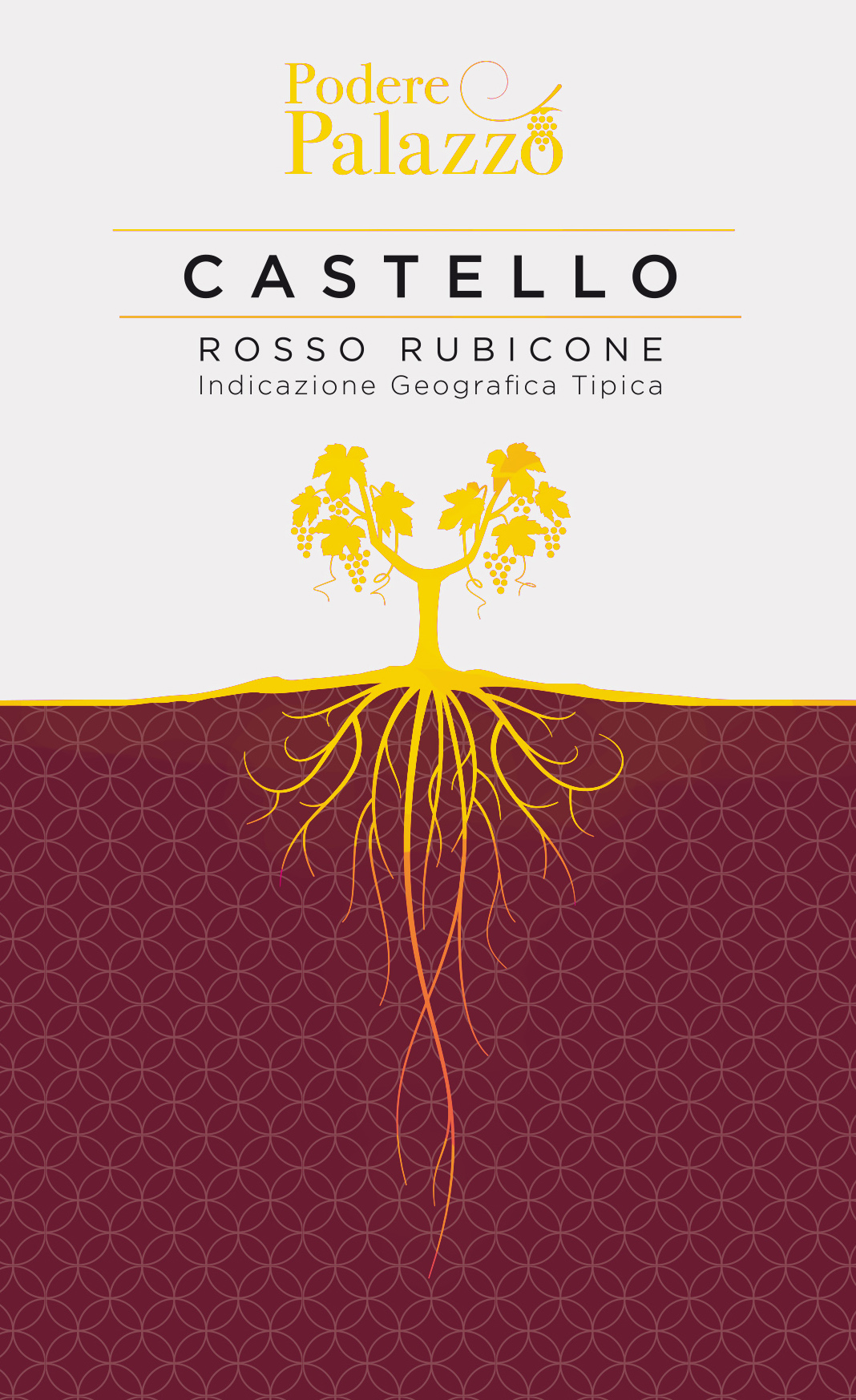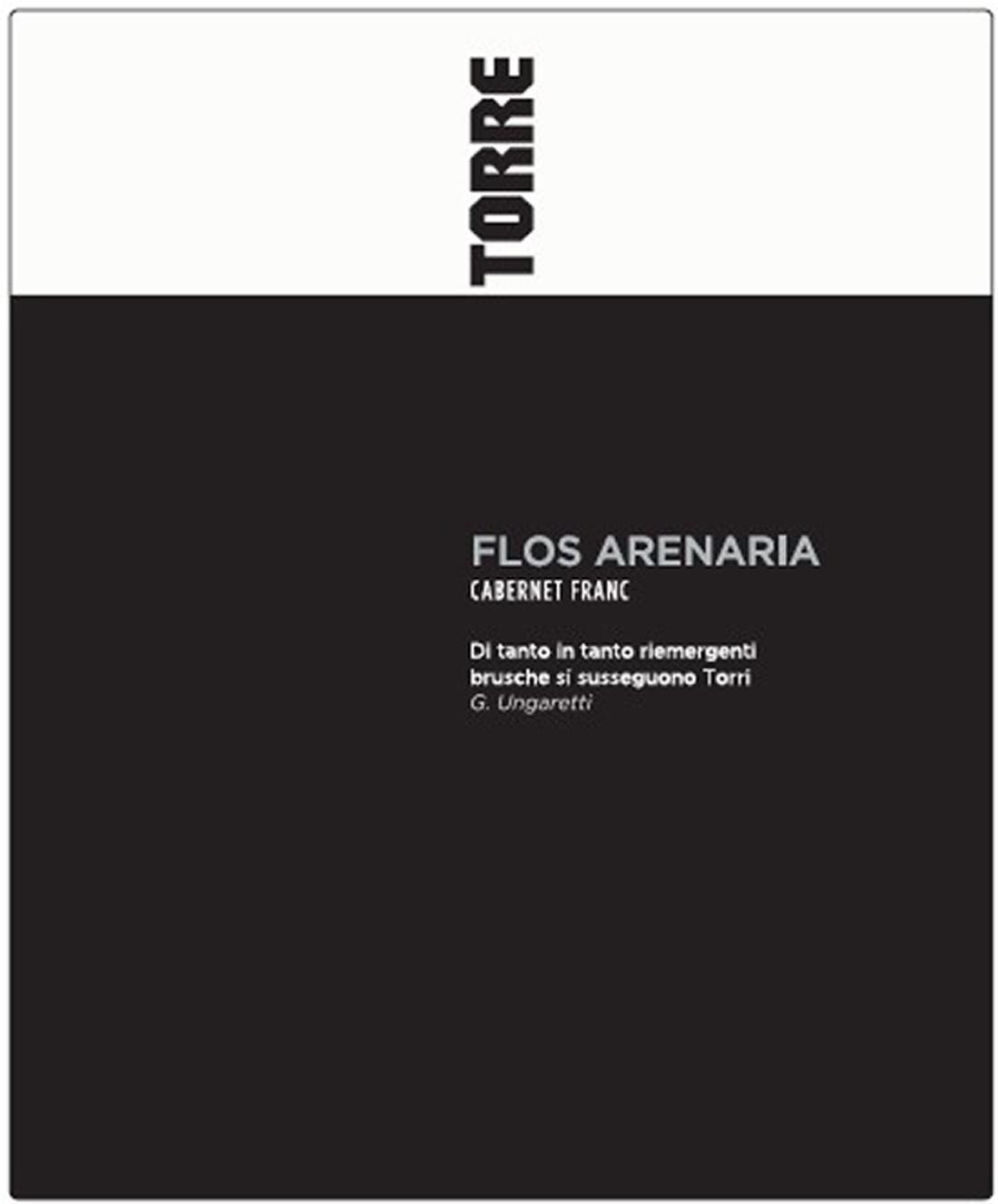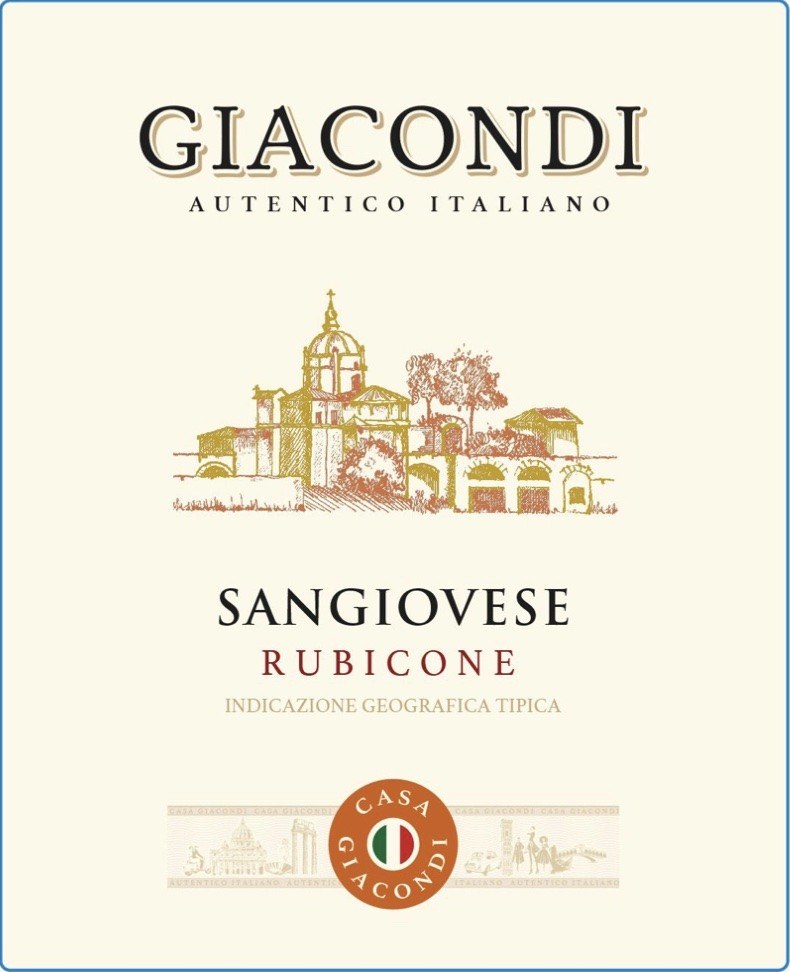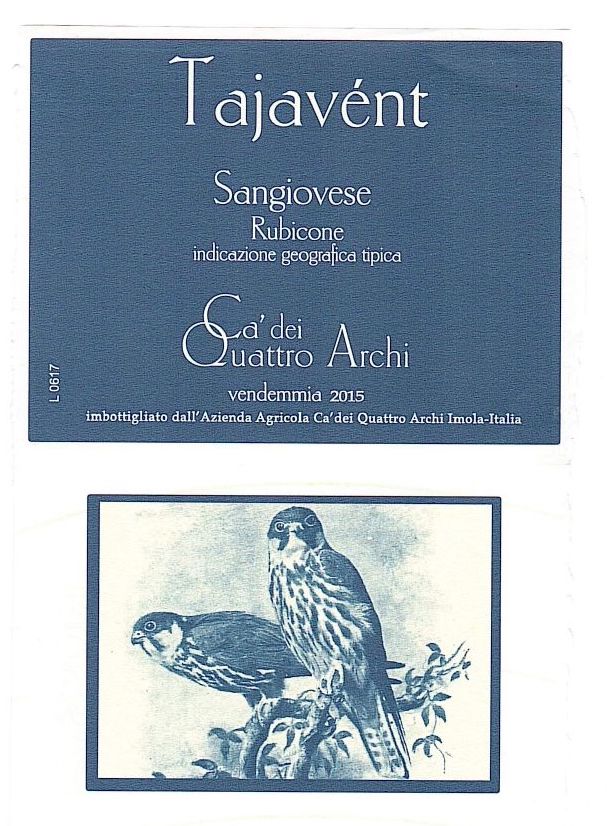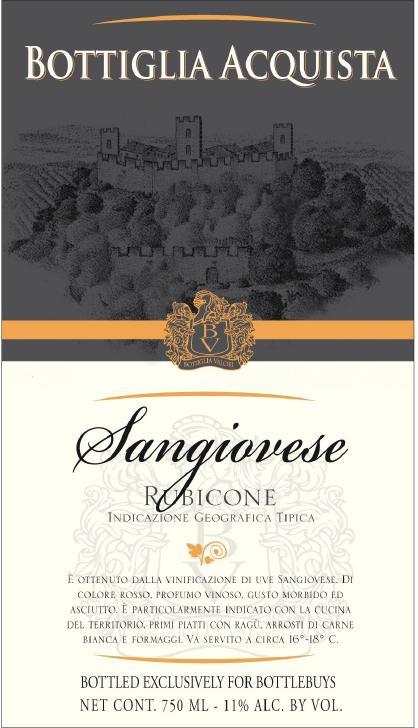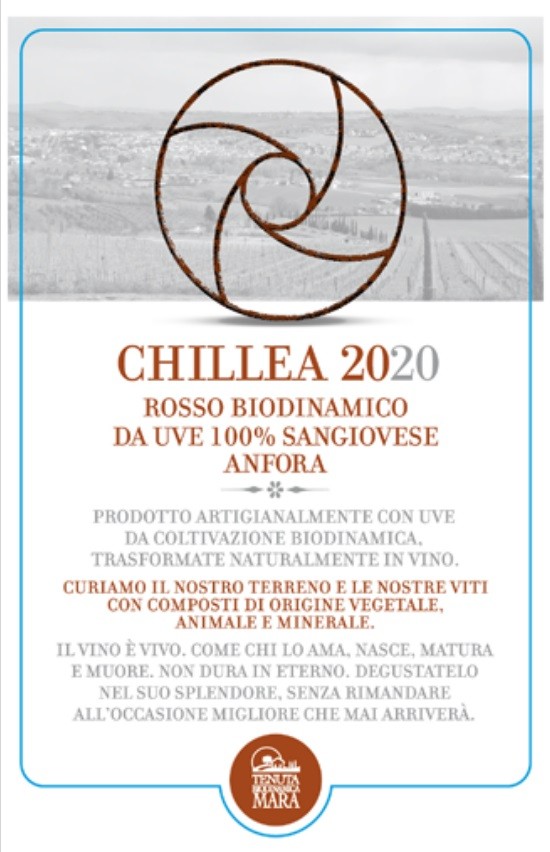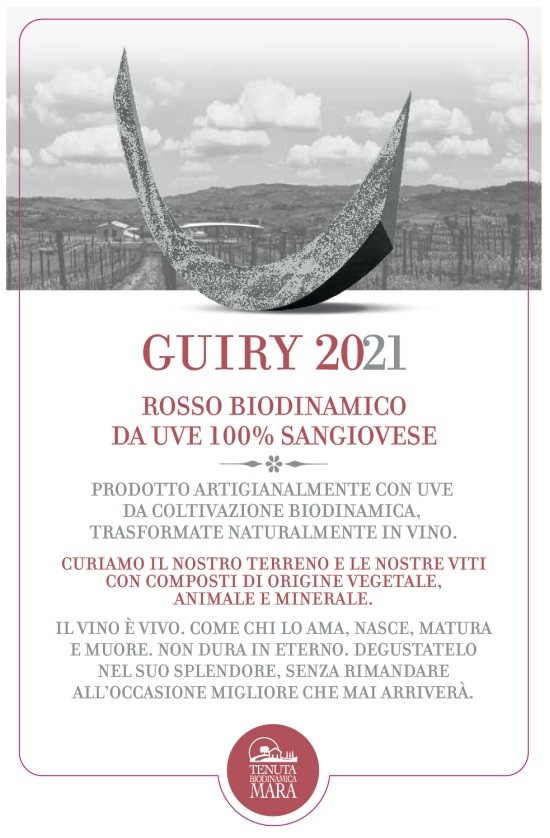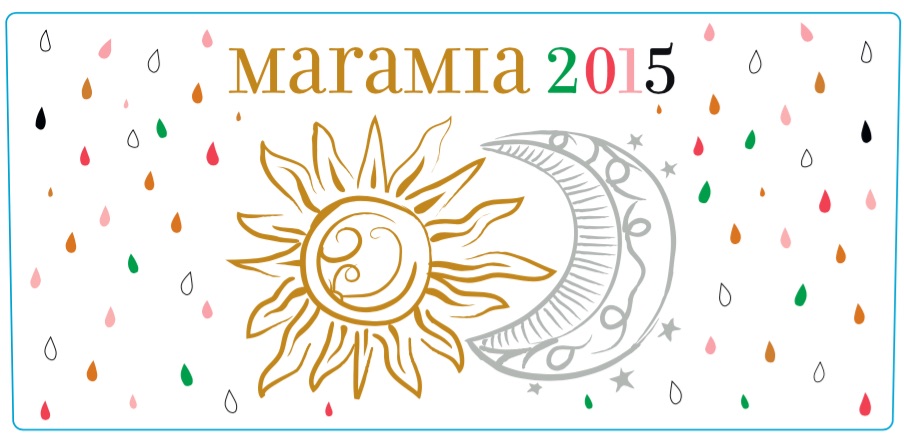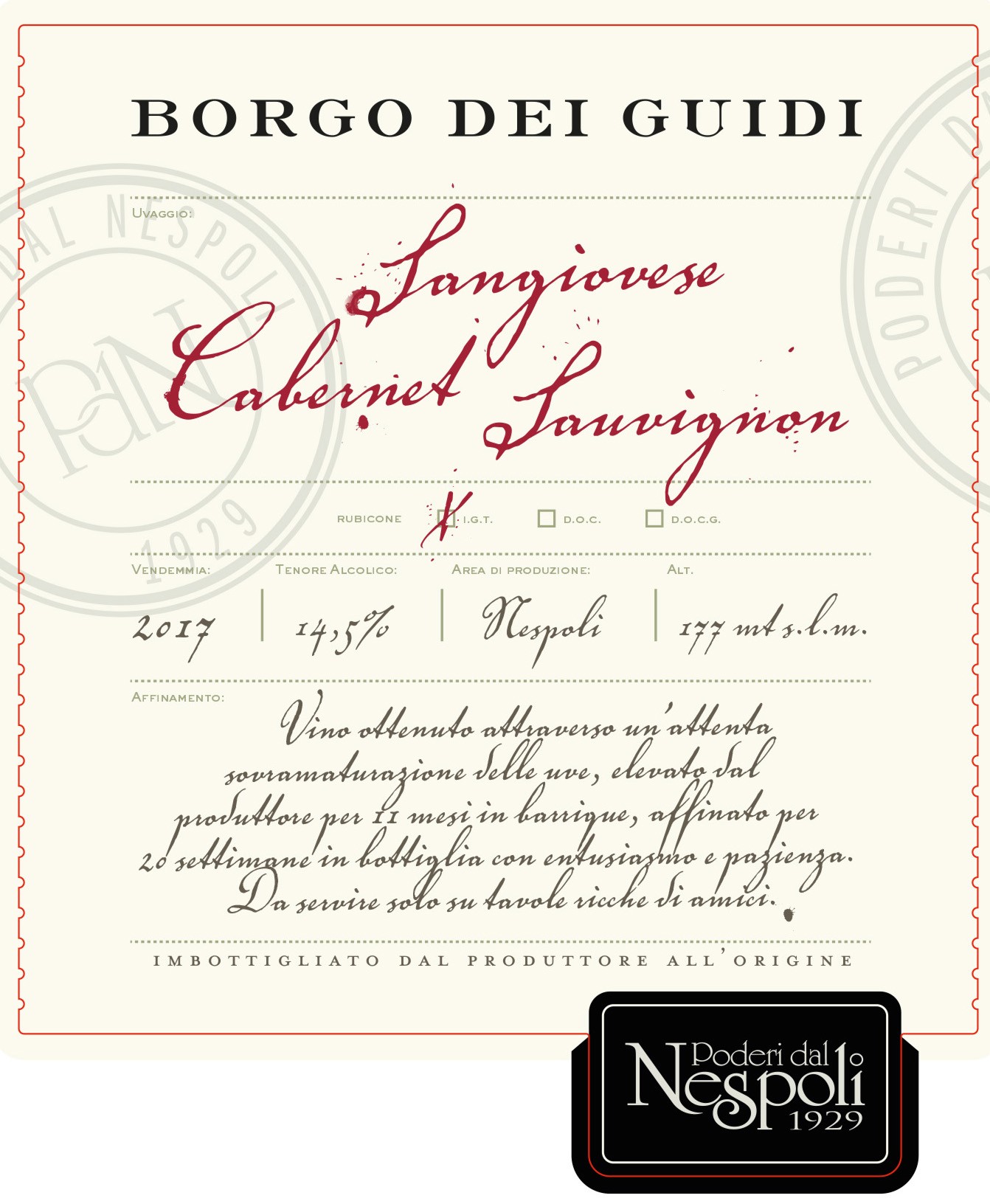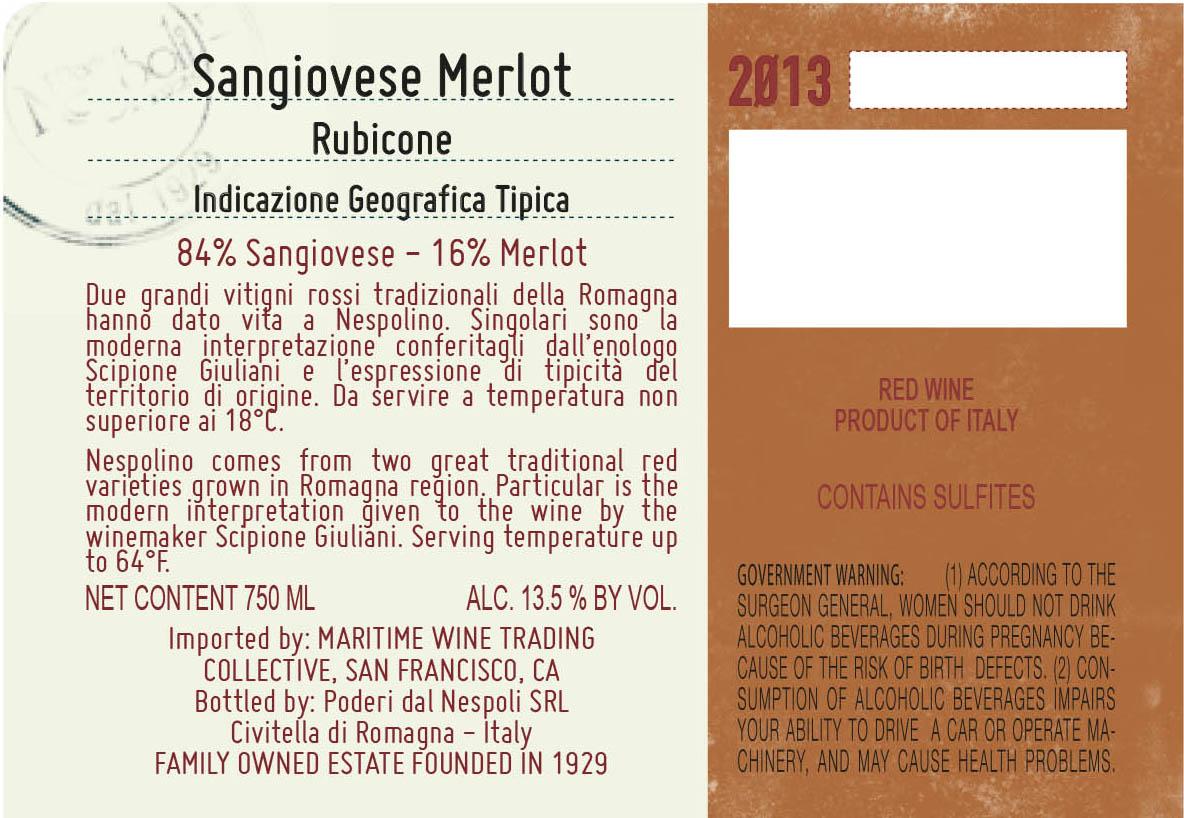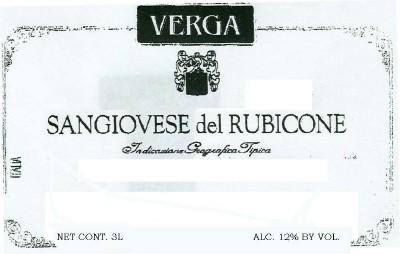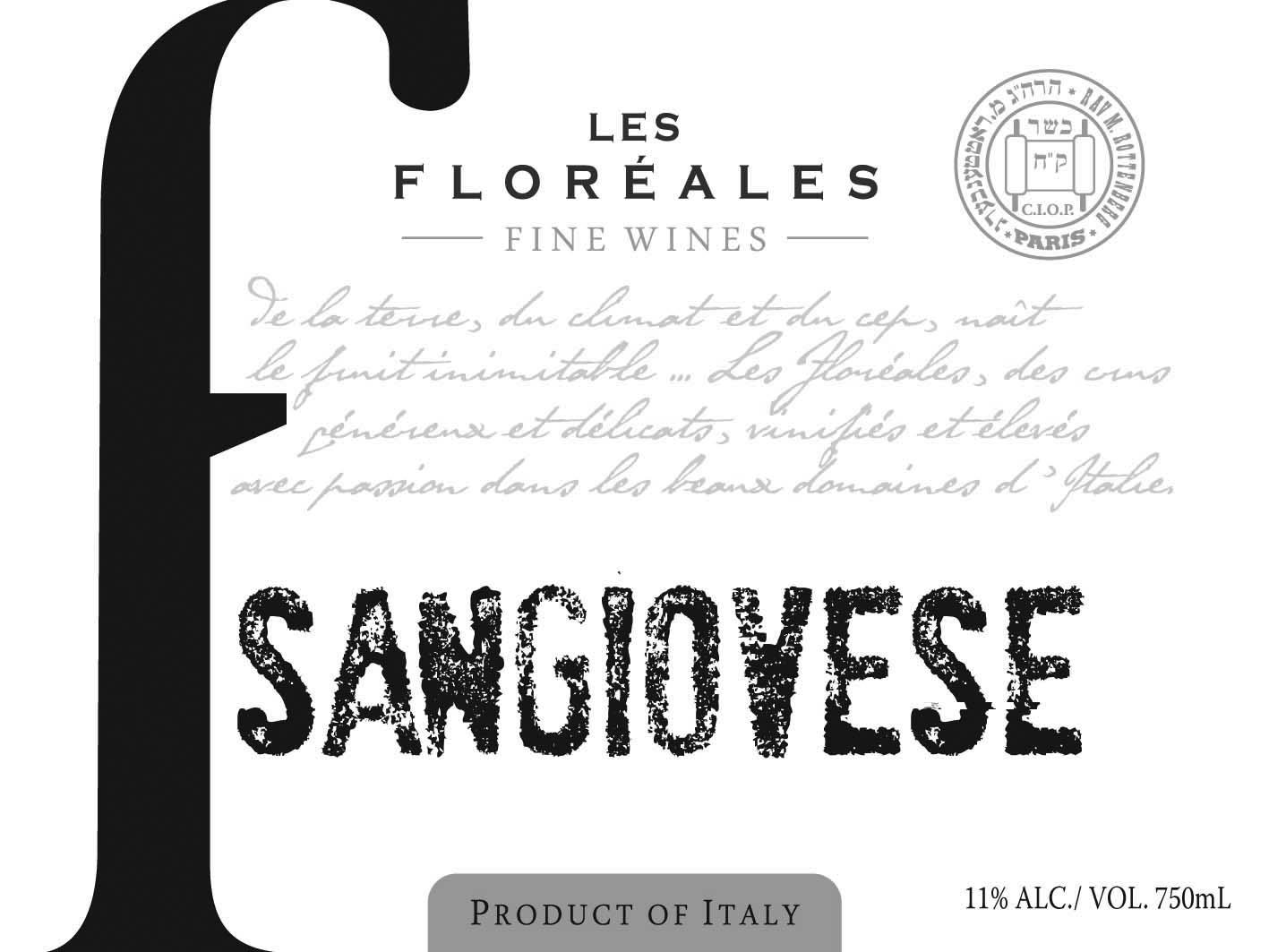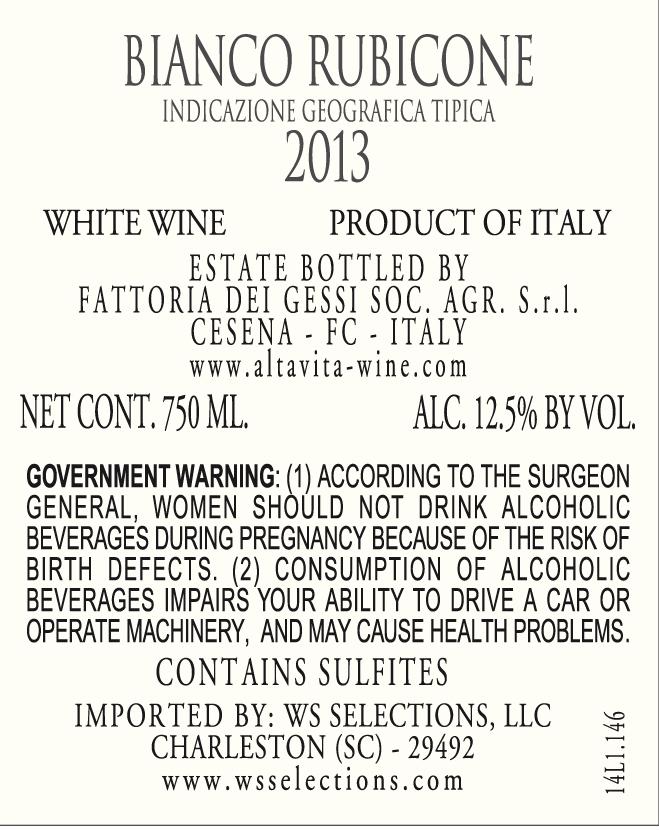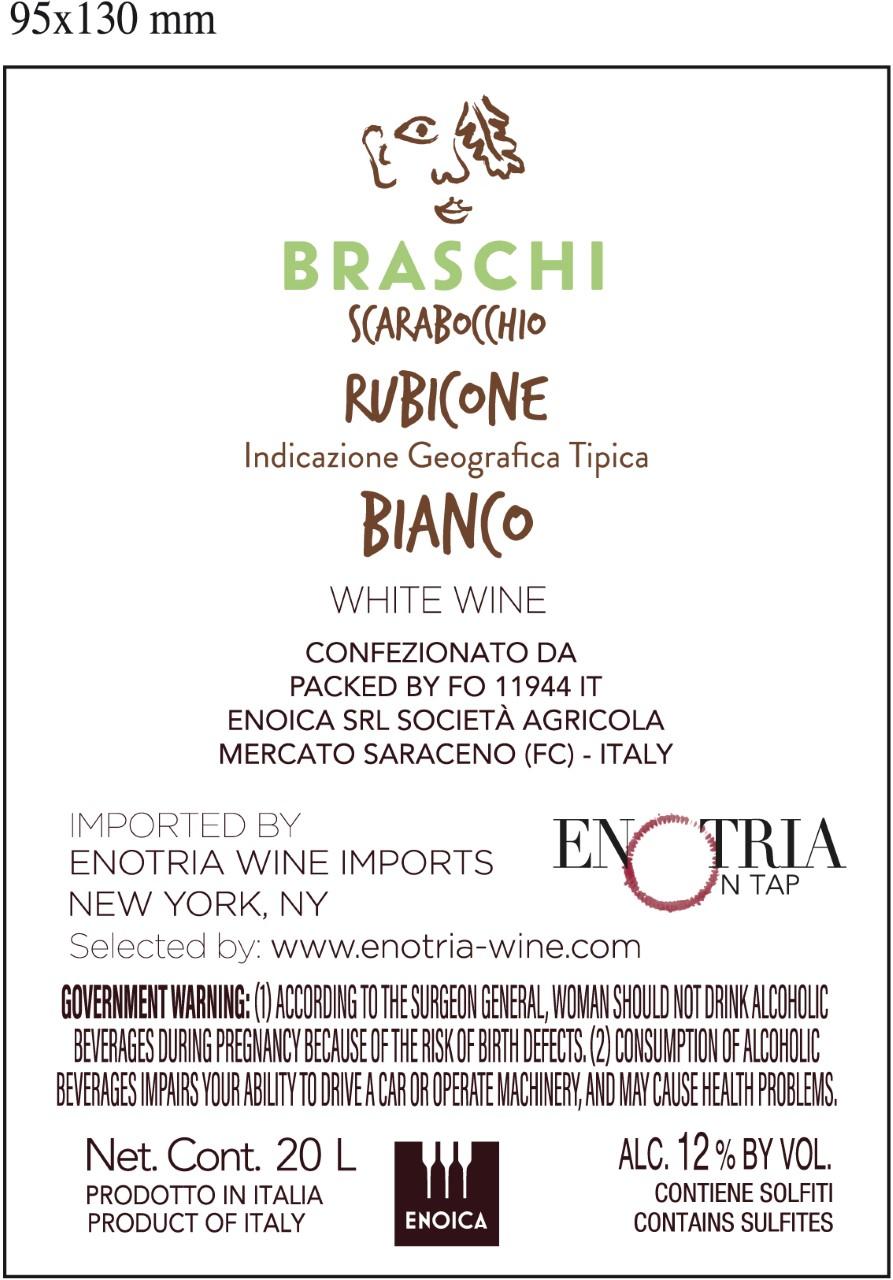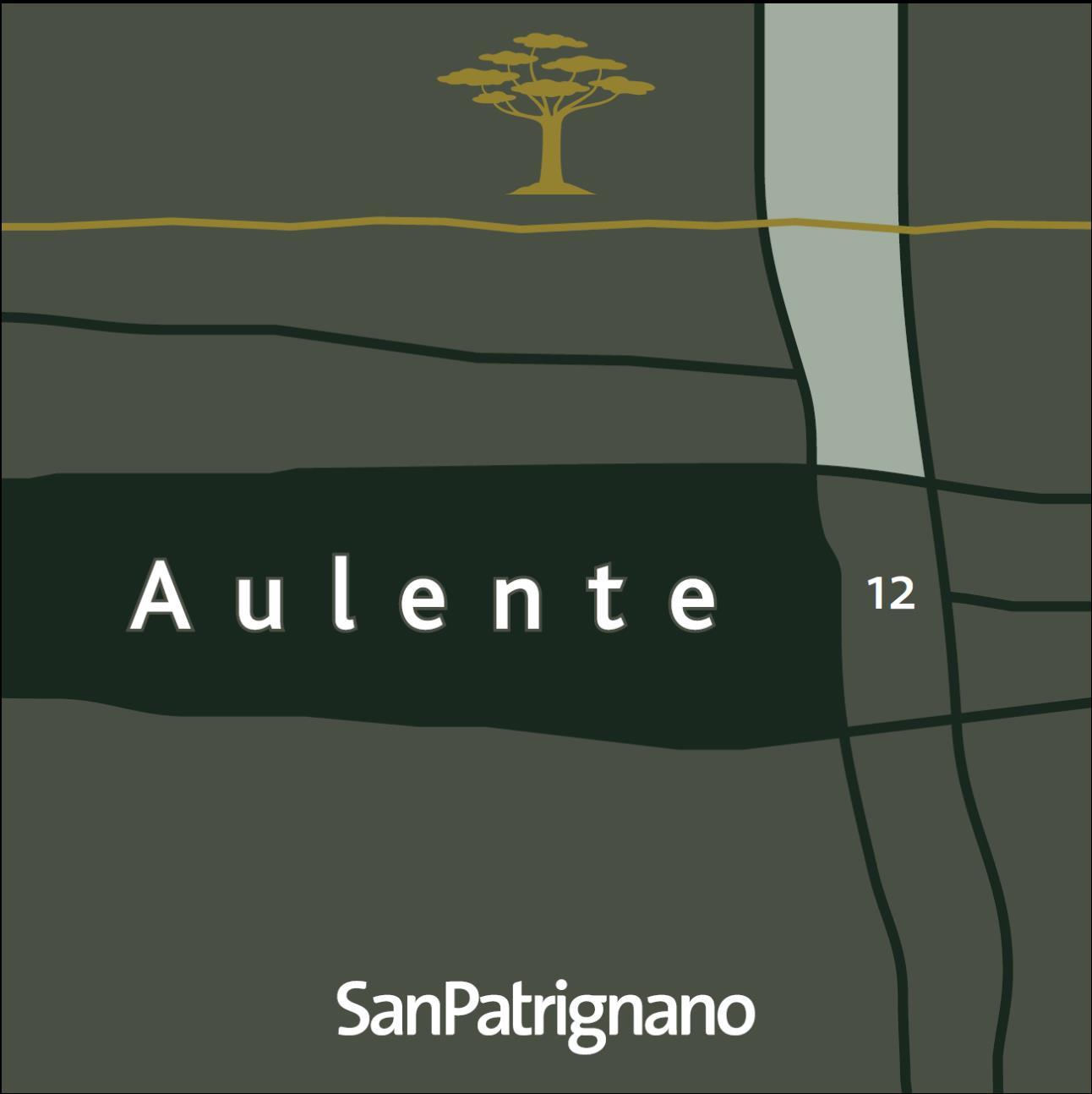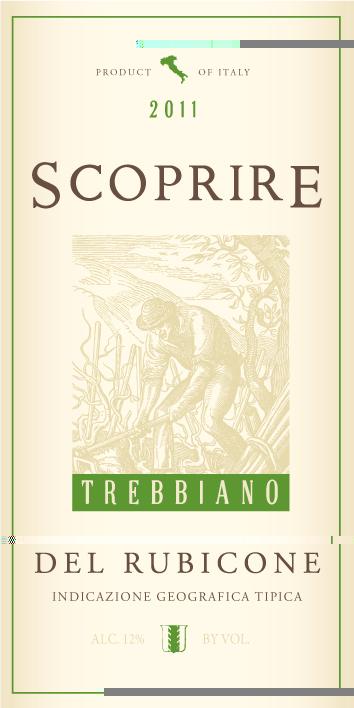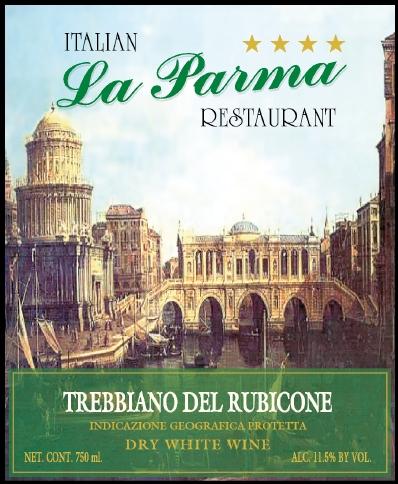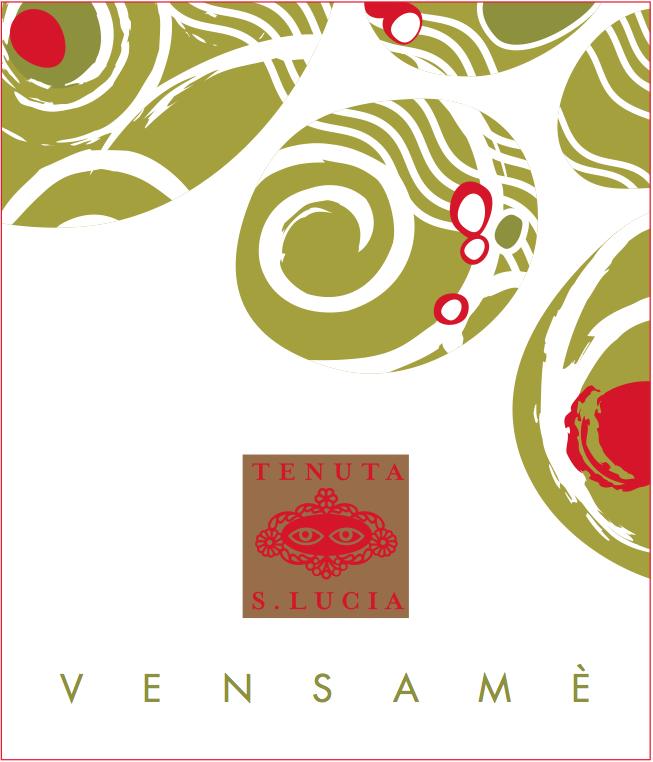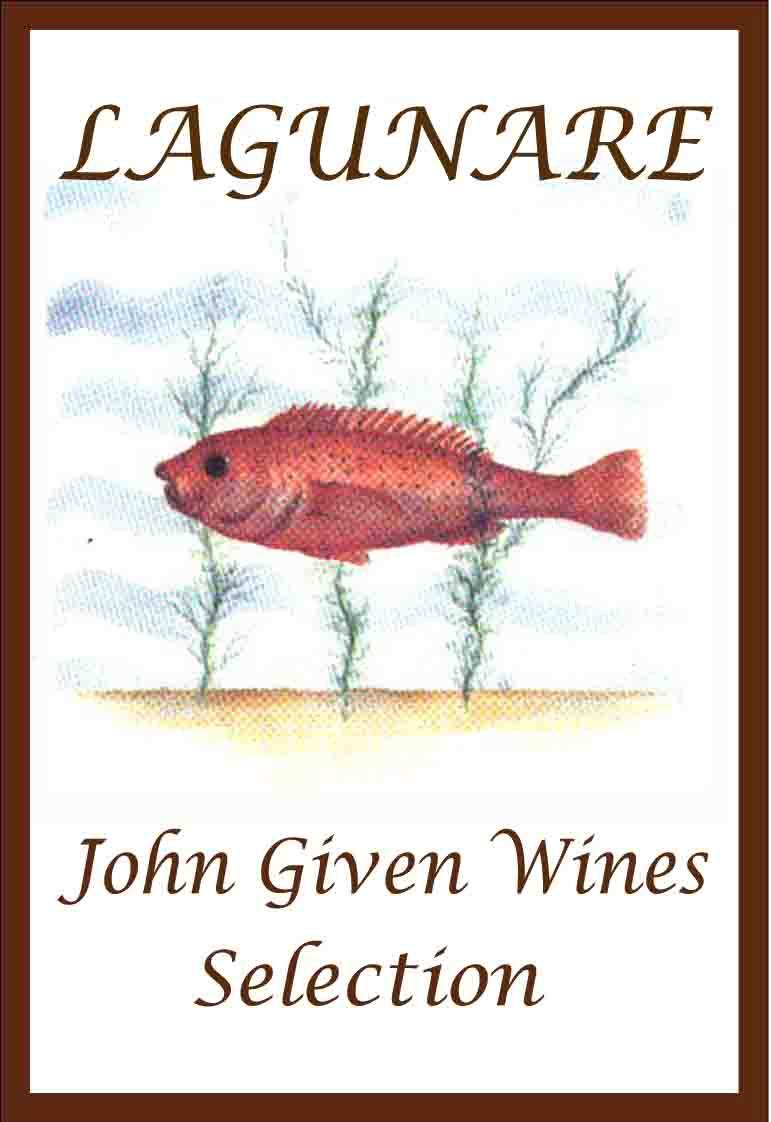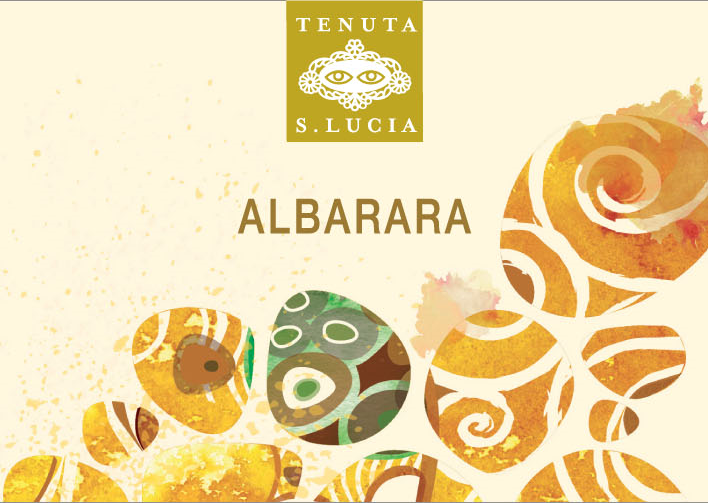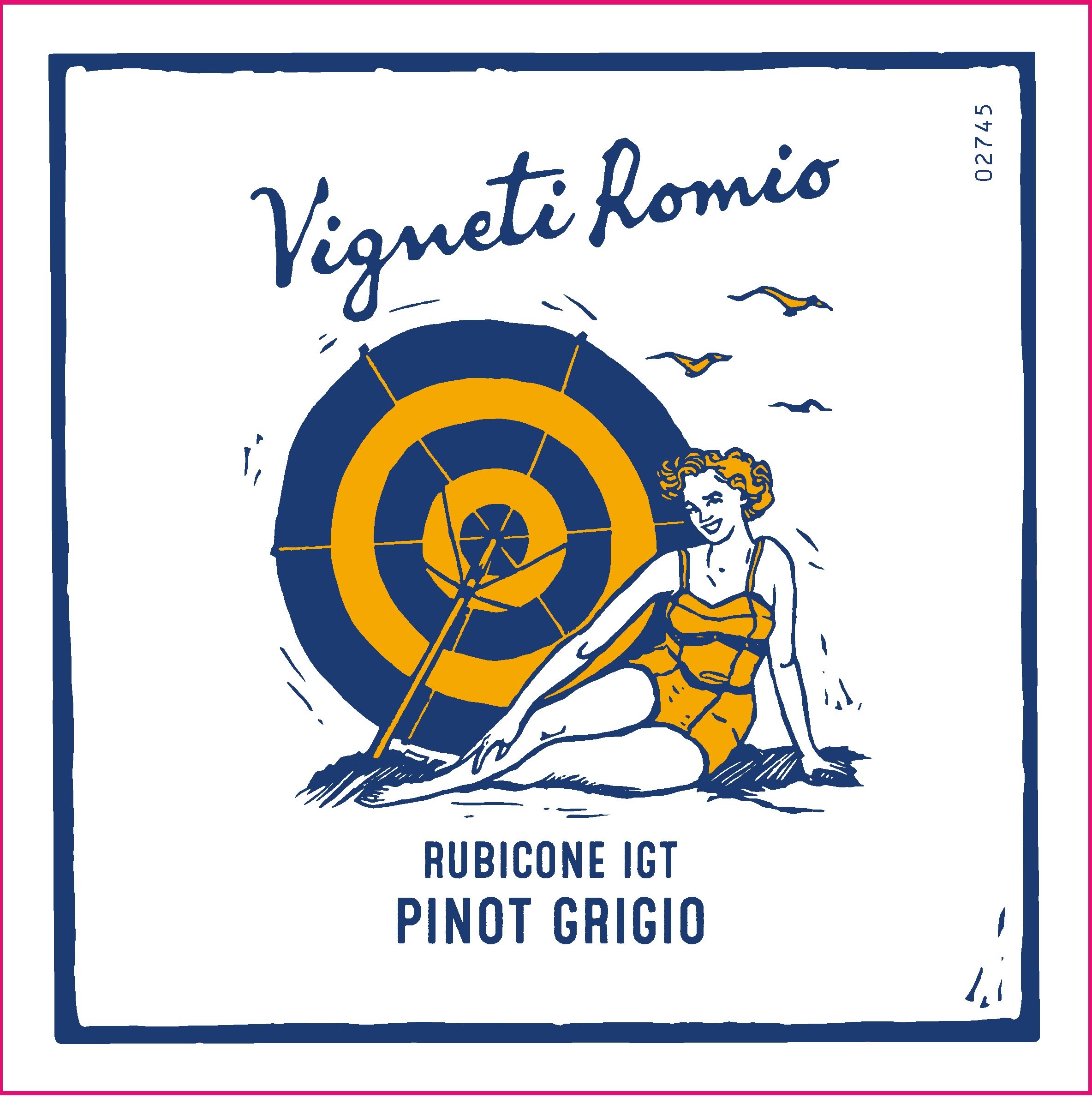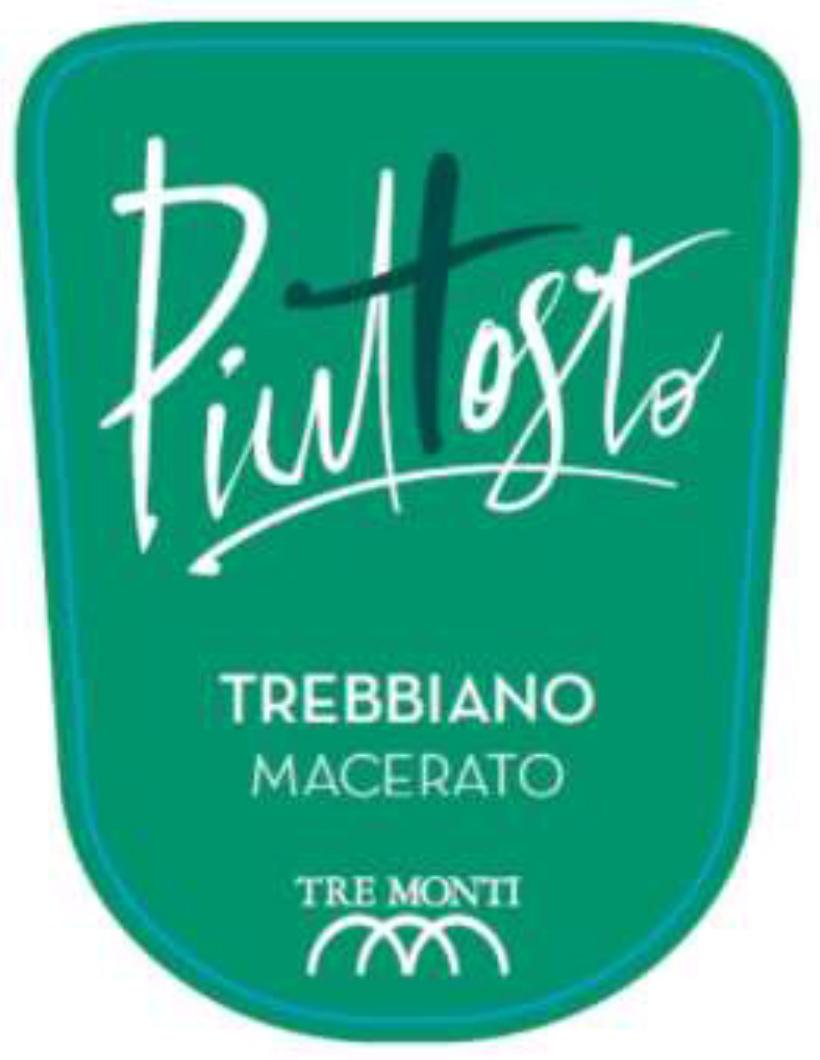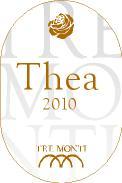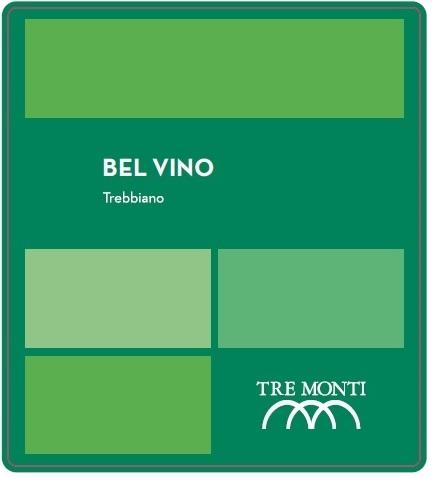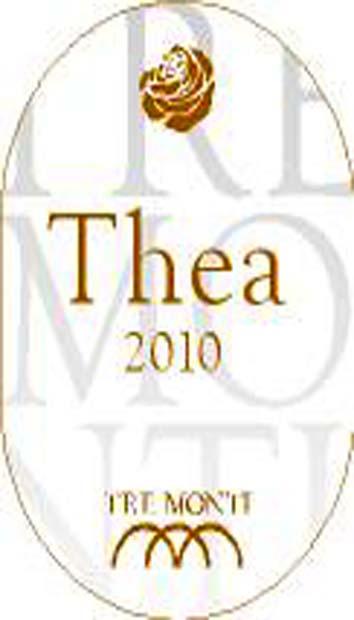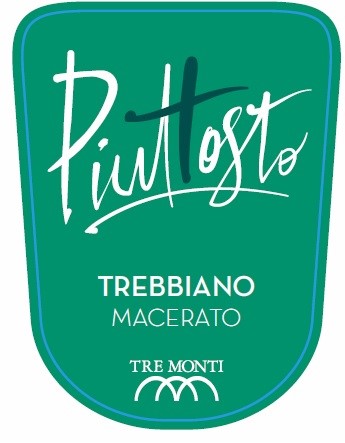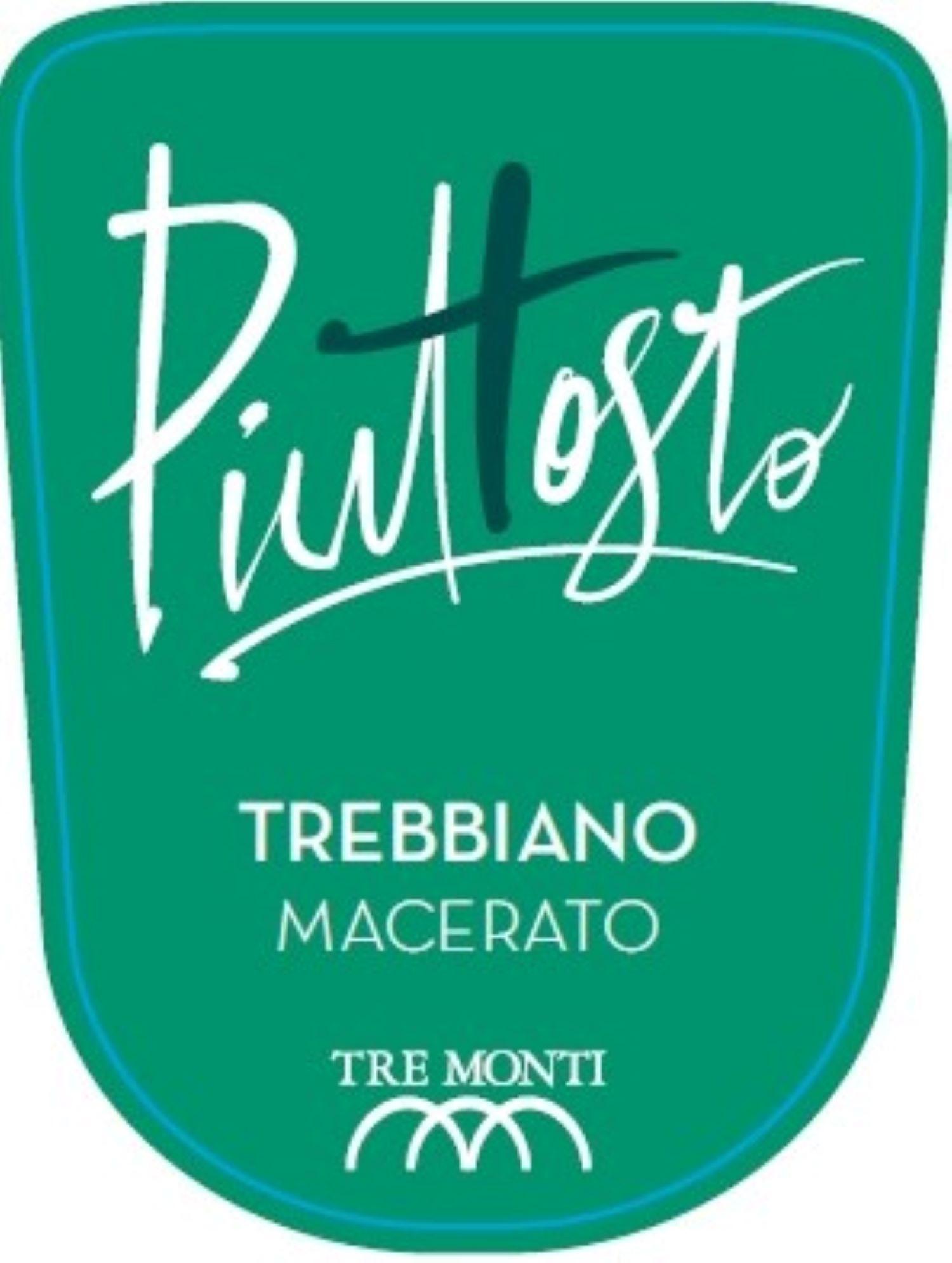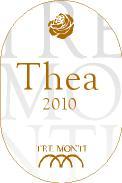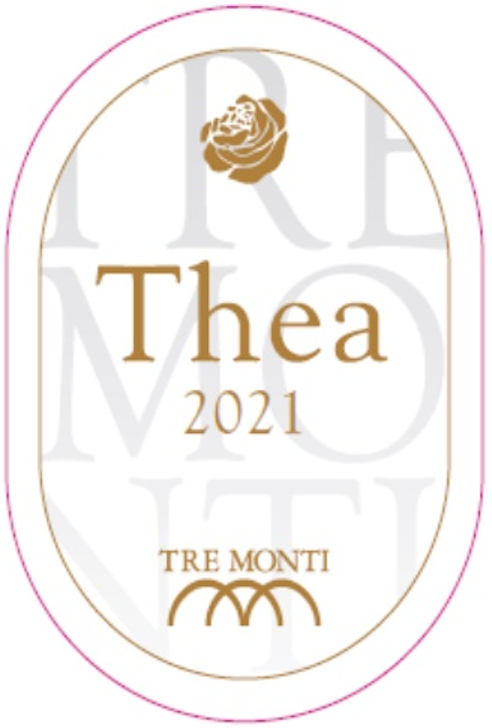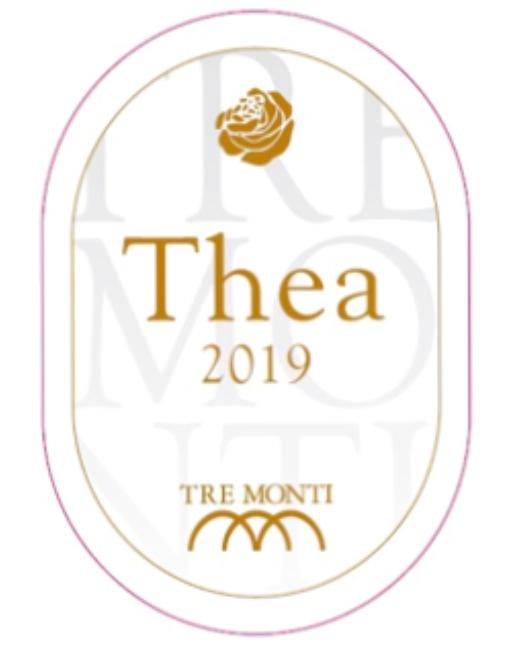Terroir of Rubicone
Rubicone's terroir is a mix of clay and marl soils with marine influences, reaching from coastal plains to the Apennine slopes. This diverse soil supports a variety of wine styles, from sandy lowland whites to clay-driven hill reds. Limestone at higher elevations adds a refreshing floral note to the wines.
The region enjoys a warm climate with Mediterranean touches, featuring mild winters and cool, breezy nights that preserve the wines' acidity and aromas.
Summers are dry but tempered by Adriatic breezes, while autumns allow for a long ripening period, improving grape maturity.
Annual rainfall of 600–800 mm, mainly in spring and fall, supports balanced vine growth, aided by sustainable practices like cover cropping and drip irrigation. This blend of climate and soil results in wines marked by ripe fruit, freshness, and minerality, showcasing Rubicone’s unique character.
Notable Wineries in Rubicone
In the heart of Emilia-Romagna, the Rubicone region is a vibrant hub for wine enthusiasts, offering a journey through tradition and innovation. Here, notable wineries provide a window into the area's rich wine culture:
-
San Patrignano (Rimini hills): More than just a winery, this estate is a social initiative producing delightful wines like the juicy Aulente. Tours and tastings are available.
-
Umberto Cesari (near Imola): Specializing in Sangiovese blends, this winery showcases the earthy flavors of the region’s fruit through their IGP Rubicone wines, inviting you to regular tastings.
- Across Forlì-Cesena, Ravenna, and Rimini, various cooperatives and family-run estates invite visitors to explore their cellars and tasting rooms, celebrating Rubicone's diverse winemaking scene.
Sustainable Winemaking in Rubicone
In Rubicone, sustainability is at the forefront of winemaking, with the region's natural riches minimizing the need for intensive intervention. Many growers are adopting organic, biodynamic, and integrated pest management practices, earning national certifications. Cover crops, hedgerows for biodiversity, reduced tillage, and careful canopy management are common.
Water conservation is key, with rainwater harvesting and drip irrigation easing the strain on resources. In cellars, solar panels and energy-efficient equipment are standard, and lighter glass or recycled packaging is preferred. Grape pomace is reused as compost or fertilizer. A shift toward low-intervention winemaking is evident, with spontaneous fermentations and limited oak usage enhancing the fruit's natural flavors. These efforts mirror a wider trend in Emilia-Romagna, focusing on sustainable viticulture and winemaking.
Wine Tourism in Rubicone
Rubicone, nestled in Emilia-Romagna, offers a captivating wine tourism experience. This region, known for its diverse terroir and rich wine heritage, invites exploration through its scenic wine trails. Visitors can discover the Romagna Wine & Flavors Road, which guides them to notable wineries in charming towns like Faenza and Bertinoro. These wineries often provide cellar tours and guided tastings of wines like Sangiovese and Trebbiano.
The area is also home to historic villages where cultural experiences abound. Visitors can enjoy local festivals and events that celebrate Rubicone IGP wines alongside regional dishes. With easy access from coastal towns like Rimini, Rubicone is an ideal destination for those seeking to blend seaside relaxation with the rustic charm of vineyard landscapes. The region's commitment to sustainability further enhances its appeal, offering a unique and responsible wine tourism experience.

